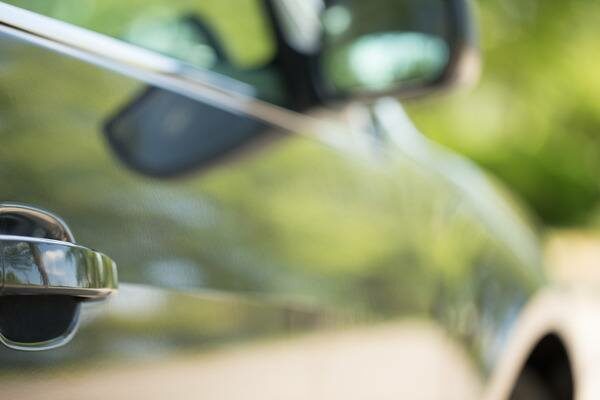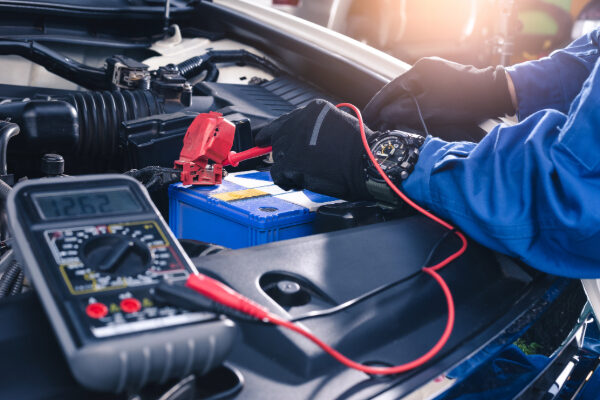
Regular maintenance is key to maximizing your vehicle’s performance, but it can mean long hours and high prices at the repair shop. With a few tools and a little know-how, any driver can perform basic car repairs and maintenance.
Fixing your own vehicle not only saves time and money, it can also be fun. So roll up your sleeves and check out the videos below for step-by-step instructions and tips on these easy DIY car projects.
1. Change Your Oil
Oil changes are one of the most common – and important– ways to increase gas mileage, extend engine life and improve performance. Many people are surprised at just how easy it is to change your own oil. And mechanics generally recommend doing so every 3,000 miles. Changing your oil is straightforward, simple to do and requires only a few tools. Drivers can save hundreds of dollars over time by changing their own oil, and won’t have to spend countless hours in the repair shop. Watch the video below to find out how:
What you’ll need:
- 4-5 quarts oil*
- Oil filter
- Funnel
- Socket wrench
- Filter wrench
- Catch basin
- Rubber gloves
- Microfiber cloth
*Consult your car vehicle owner’s manual for the specific type of oil.
Correctly disposing of your oil is an important part of being a DIY car owner. When you’re done, you can bring the old oil to an auto parts store for recycling.
2. Changing Your Spark Plugs
A spark plug is a small part that plays a big role in your car’s operation. The spark plug provides the electricity to “fire your engine.” That’s why damaged spark plugs can result in engine misfire and problems with acceleration and idling. Or, your car may simply not start at all. Rather than waiting for a problem, inspect your spark plugs every 30,000 miles. Consult your car owner’s manual for more information about your spark plugs.
Safety tip: Disconnect your car’s battery before changing the spark plugs or performing any work on the engine.
What you’ll need:
- Spark plug
- Spark plug wire
- 5/8-inch socket wrench and extension bar
- Ratchet
3. Changing Your Wiper Blades
Worn out or damaged wiper blades can obstruct your view and scratch your windshield. But changing them is easy, inexpensive and can be done in a few minutes. Replace your wipers if the rubber blade has worn down, which happens naturally with use, or they become damaged by prolonged sun exposure or extreme temperatures. Extend the life of your wiper blades by regularly cleaning with rubbing alcohol. If they begin creating streaks on your windshield or making noise, however, it’s time for a new pair.
Depending on your car’s design, the wiper blades can be hard to reach when they’re in their resting position. If that’s the case, turn your engine off while the wipers are in motion, suggests Matt Allen, co-host of Bumper to Bumper Radio, a top automotive-advice program in Arizona. “The blades will be in more of a vertical position which makes them easier to get to.”
When you’re purchasing new blades, buy the entire blade assembly (the rubber and metal parts) rather than just the rubber replacement strips. “The entire assembly is easier to replace and lasts longer,” Allen says.
https://www.youtube.com/watch?v=tMzviqD5cCs
What you’ll need:
- Replacement windshield wiper blades
4. Replacing a Headlight Bulb
Driving with a non-working headlight is extremely dangerous. The reduced visibility puts you and other drivers at risk, as well as results in a traffic fine. Replace a burned out headlight as soon as possible. Head to the nearest auto parts store to find the right bulb for your make and model, and follow these simple steps to install the new bulb.
Avoid touching the glass part of the bulb with your bare hands, as the dirt and oil on your hands can cause the bulb to burn out prematurely.
What You’ll Need:
- New headlight bulb
- Phillips screwdriver
5. Checking your air filter
If you take the air filter out and decide it’s not dirty enough to replace, resist the urge to try to knock out all the dirt before putting it back in the car. “Shaking the filter will just further embed all of those fine dirt particles into the filter, which makes it work less efficiently,” says Allen.
Another important tip to keep in mind if you drive on a lot of dirt roads, you’ll need to replace your air filter more frequently.
Knowing how to perform your own maintenance can help keep your car running smoothly and helps keeps you safe on the road, but having the right insurance policy to go with it is critical. Learn about Nationwide’s auto insurance options to find a policy that fits your needs. Additionally, Nationwide Roadside Assistance can help with car repair issues that require professional assistance



